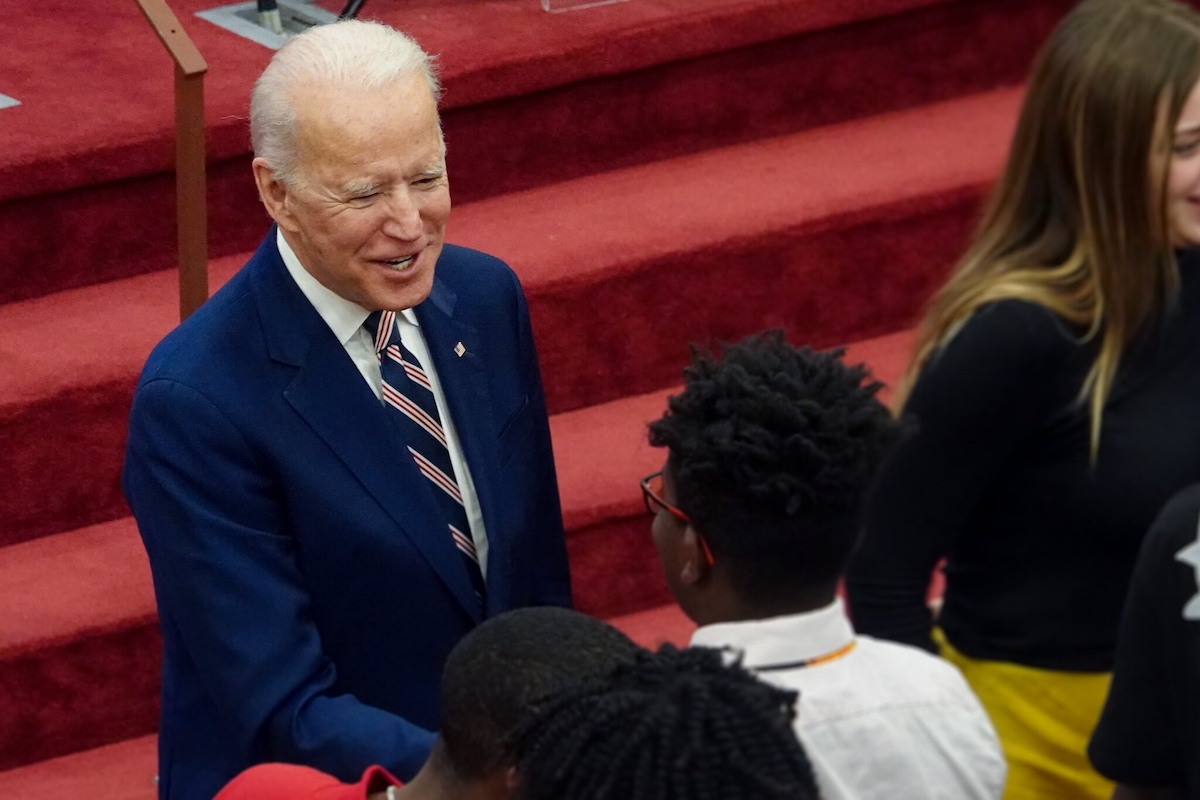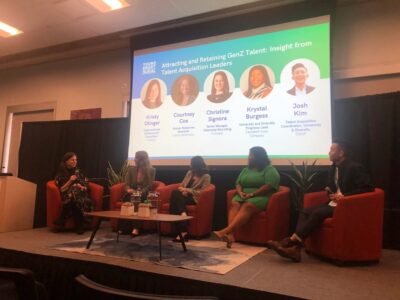With a price tag of $2.7 trillion, President Joe Biden’s proposed American Jobs Plan is ambitious in scope. Over eight years, the plan will be paid for by increased corporate taxes and includes spending on transportation infrastructure, community needs like broadband and workforce development, R&D and technology, and climate change initiatives. The proposed plan is already expected to face a great deal of opposition in Congress.
A new report from the Penn Wharton Budget Model analyzes the fiscal effects of the plan, using estimates from its team of economists. The plan will affect business taxes by measures such as increasing the corporate tax rate from 21 to 28%, raising the tax rate on foreign profits and eliminating tax breaks for fossil fuels.
Some key figures from the report:
- In addition to costing $2.7 trillion, the American Jobs Plan would raise $2.1 trillion from 2022 to 2031.
- The plan’s tax changes would decrease government debt by 11.16% in 2050.
- Some tax changes also discourage business investment and are expected to reduce the gross domestic product (GDP) by 0.49% in 2050.
An increase in corporate tax rate to 28% coupled with an increase in the foreign tax rate will narrow the gap between taxes in national municipalities and international tax rates, the report found. Penn economists believe that this increase in corporate tax rates could possibly mark the end of tax havens, or American corporations avoiding domestic taxes by saving their earnings in offshore accounts.
Economist Kent Summers expects to see corporations to invest more in their employees as the economy recovers from the pandemic-prompted recession. Currently, part of a $580 million section of the plan has been earmarked for causes related to workforce development, including training programs such as apprenticeships.
“I would expect to see corporations invest more in their workforces, but for the [American Jobs Plan] there are a number of provisions on the spending side that are specifically targeting workforce development,” he during a press briefing on the report on Wednesday.
Read the full report Michael Butler is a 2020-2022 corps member for Report for America, an initiative of The Groundtruth Project that pairs young journalists with local newsrooms. This position is supported by the Lenfest Institute for Journalism.Before you go...
Please consider supporting Technical.ly to keep our independent journalism strong. Unlike most business-focused media outlets, we don’t have a paywall. Instead, we count on your personal and organizational support.
3 ways to support our work:- Contribute to the Journalism Fund. Charitable giving ensures our information remains free and accessible for residents to discover workforce programs and entrepreneurship pathways. This includes philanthropic grants and individual tax-deductible donations from readers like you.
- Use our Preferred Partners. Our directory of vetted providers offers high-quality recommendations for services our readers need, and each referral supports our journalism.
- Use our services. If you need entrepreneurs and tech leaders to buy your services, are seeking technologists to hire or want more professionals to know about your ecosystem, Technical.ly has the biggest and most engaged audience in the mid-Atlantic. We help companies tell their stories and answer big questions to meet and serve our community.
Join our growing Slack community
Join 5,000 tech professionals and entrepreneurs in our community Slack today!






